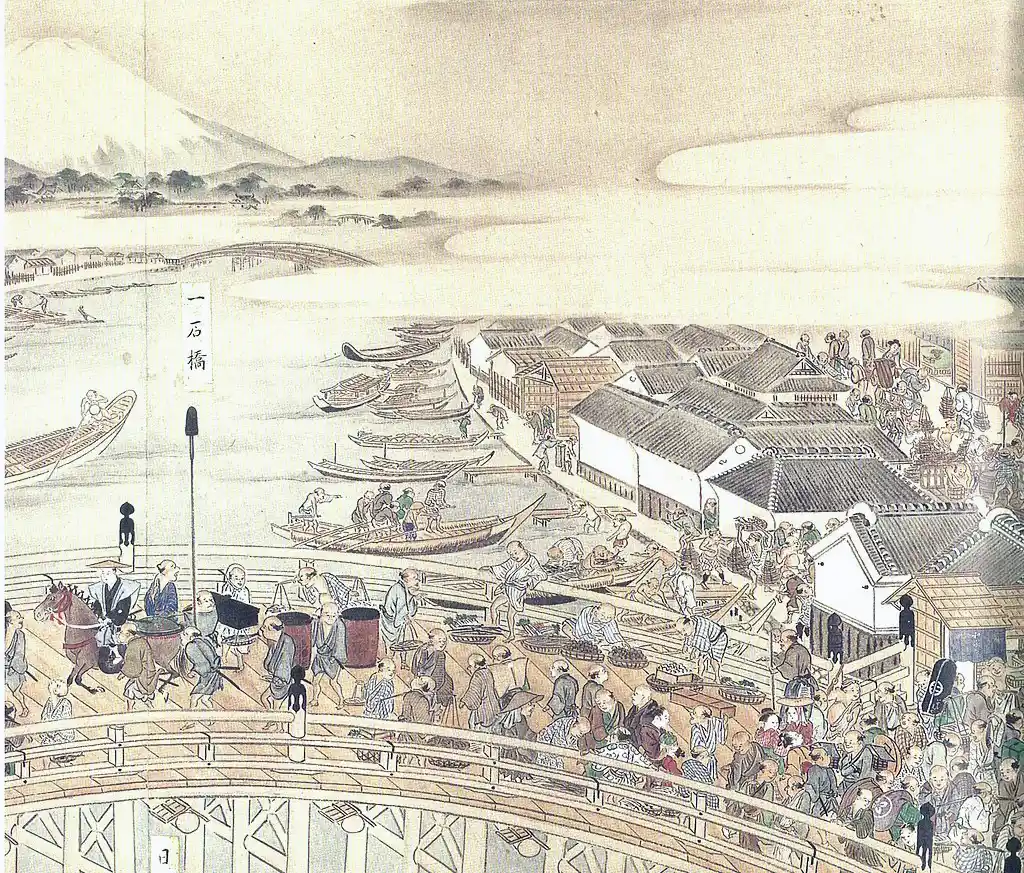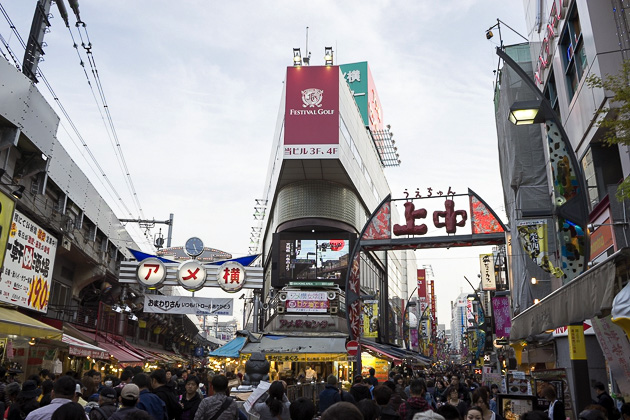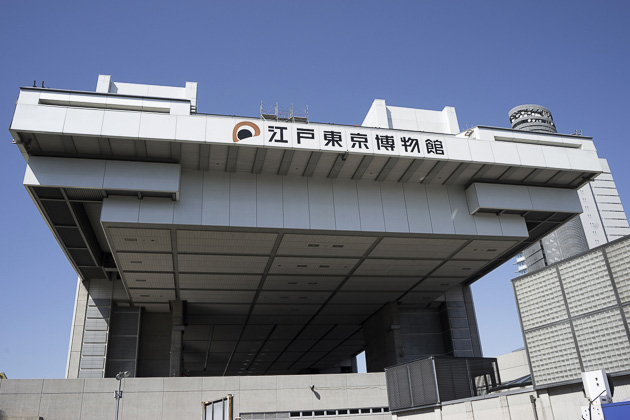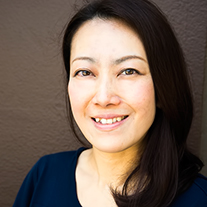A Concise History of Tokyo

Unlike many of the places we’ve visited, Tokyo doesn’t have a history which stretches far into the past. In fact, before the close of the nineteenth century, Tokyo didn’t even exist; it was known instead as Edo. But the rapid ascension from village to “World’s Biggest City” has been as catastrophic as it has been meteoric. Growing pains are always the hardest for those who mature too quickly.
3000 BC – Humanity arrives late to the Kantô Plain. At this point, the Egyptians had already established a civilization around the Nile.
628 AD – Fishermen brothers discover a Buddhist icon in the waters of the Sumida River, and the Sensō-ji Temple is established in what would eventually become Tokyo.
12th Century – Clan leader Edo Shigenaga establishes his castle on the shore, bequeathing the town his name.

1590 – Shortly before establishing the shogunate which would rule Japan for 268 years, Tokugawa Ieyasu chooses Edo as his home, irrevocably changing the destiny of the heretofore unimportant fishing village.
1657 – Rumored to have started with the burning of a cursed kimono, the great Meireki Fire burns most of Edo to the ground and kills over 100,000 people.
1707 – Covering Edo in volcanic ash, but no lava, Mount Fuji erupts. It’s since lain dormant for over 300 years, but remains an active volcano.
1853 – Commodore Matthew Perry (not the guy from Friends) lands in Edo Bay and forces a previously isolationist Japan to open its borders to American capitalism, under threat of war.
1868 – The era of the Japanese Shogun comes to an end with the rise of the Meiji Empire. Edo is renamed Tokyo, meaning “Eastern Capital,” and the emperor moves into the city’s Imperial Palace
1923Striking at noon, when the stoves of the city were ablaze for lunch, the Great Kantō Earthquake ignites fires across Tokyo, destroying most of its housing and killing a significant percentage of its populace. Oh yeah, and sets off a tsunami.

1945 – The Pacific War isn’t a rousing success for Japan. In its waning stages, the USA drops atomic bombs on Hiroshima and Nagasaki, then fire-bombs Tokyo to within an inch of its life. Debates can (and have) been waged on whether the American submission technique was a necessary evil, but what can’t be questioned is its horrible toll on innocent Japanese life.
1964 – Japan’s postwar healing comes full-circle with Tokyo’s hosting of the Summer Olympics. The games are a source of pride for Japanese citizens, and Tokyo’s infrastructure is rapidly modernized. It’s a much-needed success story in this city which has known so much tragedy.
1995 – Ten members of the fanatical Aum Shinrikyo cult unleash a sarin gas attack on Tokyo’s subways. Thirteen die and thousands are injured in the worst assault on Japan since World War II.
2011 – The completion of the Tokyo SkyTree brings the world’s tallest tower to the world’s biggest city, and solidifies Tokyo’s place in the architectural vanguard. Days before the tower reaches its final height, the Tōhoku earthquake ravages Japan.
2014 and Beyond – It takes a single glance at the cranes and construction around Tokyo to understand that Japan’s capital isn’t done growing yet. The Olympics are slated to return in 2020, which will give the world an excuse to turn its attention towards its largest city. As though another excuse were needed.




Pingback: The Edo-Tokyo Museum | For 91 Days in Tokyo – Travel Blog